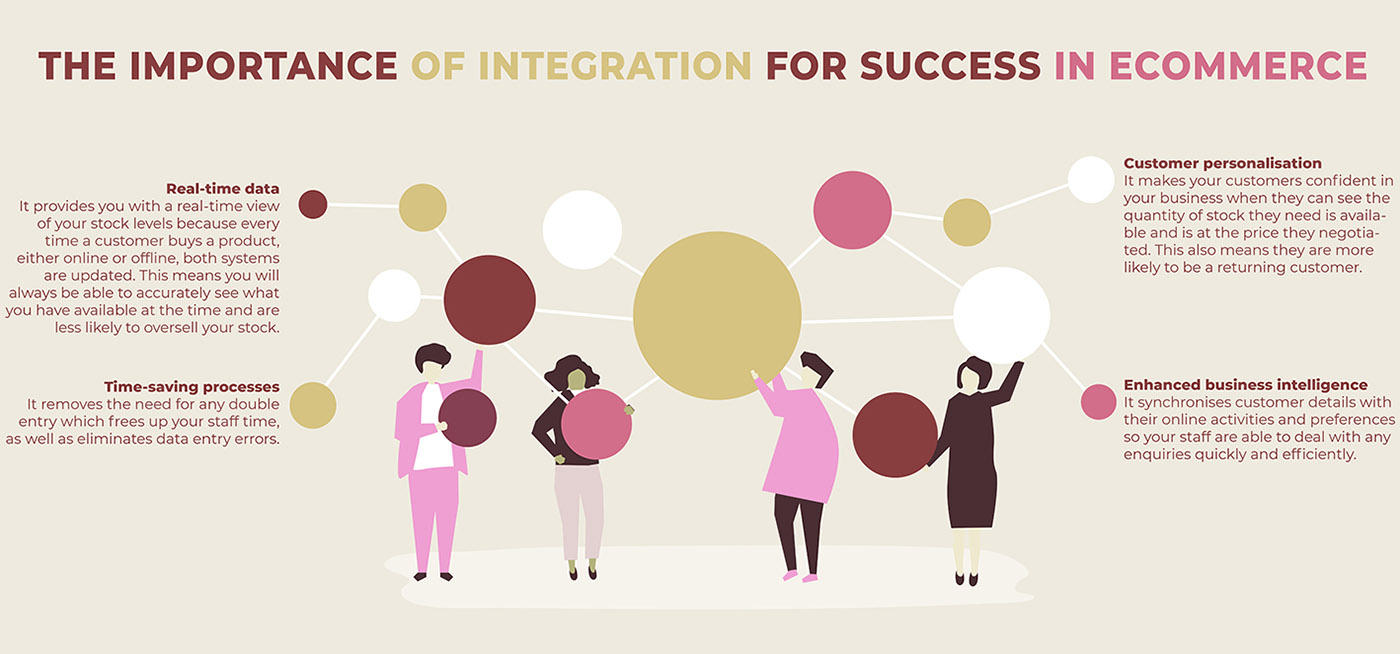Are you considering switching eCommerce platforms for something altogether more reliable? Have you recently enjoyed a period of high-volume growth, only to find you’ve spent more time battling broken checkouts, costly downtime and spending dizzying amounts on quick-fix maintenance than celebrating your success? You wouldn’t be alone. It’s often this first sustained spell of growth and expansion that sees business owners turning their attentions to the idea of eCommerce migration.
Making the move
Whether you’re looking at migrating from Magento or jumping ships from another supplier, you’ll want to pick your next provider very carefully. Growth periods can be incredibly lucrative when it comes to increased revenues, but they are also incredibly expensive. What’s more, take some time at this juncture to appreciate the input of human resource and initiative. After all, you’re next move should be focused on not went wrong, but on how to avoid such issues in the future. The best platform providers available will ensure you’re attached to a consultant to acquaint you with the service in-depth, while solutions expertise is also on hand to ensure you’re existing requirements are mapped and detailed before moving onto a more comprehensive plan.
Putting the plan into action
When everyone’s in agreement that migration is the next step for your eCommerce site, a dedicated engineer is on hand to ensure all timelines are drawn out with deliverables itemised and roles clearly defined with remits and responsibilities also established. It makes sense to keep such an oversight role in the mix as your migration project steps up a gear, no matter whether you’re bringing in further agencies or establishing your own in-house team to take on similar tasks. Not only will you have an impartial project manager keeping clear oversight over all relevant parties, you have an invaluable knowledge base at your disposal to meet any issues and queries as and when they arise. You also have a source for strategic insights, with expert advice on the best ad hoc and long-term strategies to introduce and see out to fruition.
Seamless integration and user-friendly customisation
The next step in the process is migration. In an ideal case, an effective blend of custom mapping and replatforming tools are utilised in order to transfer all your key datasets, including those associated with products, customers and transactions. Once the migration itself has been put into action, you can get to work on the specifics. Be it as simple as define taxonomies for your product portfolio or the integrate automation elements, drafting up copy or developing a custom theme for optimised experiences on all devices and channels; you’ve plenty of scope when it comes to creating the eCommerce platform of your dreams.
Launch and looking beyond
Only thorough quality assurance testing will ensure your new platform is up to scratch and ready to go. Once it has gone live, you’ll want to maintain a back and forth between the yourself and the experts who’ve helped make your new eCommerce outfit a reality. Rather than pay for one-off consulting services as and when, look to your migration and new platform provider for continued correspondence to ensure you’re completely confident with performance after the launch. Beyond simple updates and the occasional query, you can also glean useful insights about future trends and new strategies you successfully implement to make your new online retail home even more successful.




